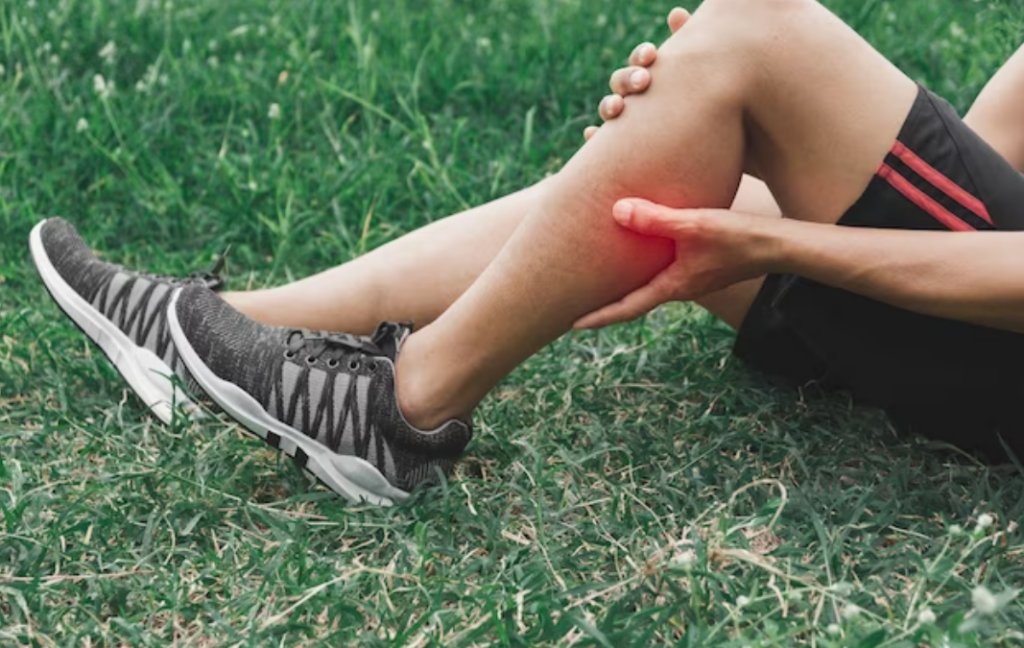When you're facing a sports injury, understanding the best recovery techniques can make all the difference. You might find that active rehabilitation not only helps restore your strength but also keeps you engaged in the recovery process. Then there's cryotherapy, which offers intriguing benefits for inflammation and pain relief. And don't overlook the importance of nutritional support in facilitating your body's healing. Curious about how these techniques work together to speed up your recovery?
Active Rehabilitation
Active rehabilitation is vital for a successful recovery from sports injuries. Instead of remaining passive and waiting for your body to heal on its own, engaging in purposeful movement can greatly enhance your recovery process. This approach focuses on gradually restoring strength, flexibility, and function through tailored exercises.
When you participate in active rehabilitation, you're not just sitting back and hoping for the best. You're taking charge of your recovery by following a structured program designed to address your specific injury. This often includes physical therapy sessions where a trained professional guides you through exercises that promote healing and prevent further injury.
You'll likely perform exercises that target the injured area while also working on surrounding muscle groups to guarantee balanced strength.
Incorporating low-impact activities, like swimming or cycling, can also be beneficial, as they allow you to maintain cardiovascular fitness without placing excessive strain on your injury.
It's important to listen to your body during this process. If something doesn't feel right, don't hesitate to adjust your routine or consult with a healthcare professional.
Cryotherapy Benefits
Many athletes are turning to cryotherapy for its impressive benefits in sports injury recovery. This technique involves exposing your body to extremely cold temperatures for a short period, which can greatly reduce inflammation and pain. If you've recently suffered an injury, cryotherapy might just be the relief you need.
One of the primary advantages of cryotherapy is its ability to decrease swelling. When you experience an injury, your body's natural response is to send blood and fluids to the affected area, which can lead to inflammation. By applying cold, you constrict blood vessels, limiting this response and promoting faster recovery.
You'll notice a decrease in pain levels, allowing you to get back to your training routine sooner.
Additionally, cryotherapy can boost your recovery by enhancing your overall circulation. After the cold exposure, your blood vessels dilate, flooding your muscles with oxygen and nutrients necessary for healing. This helps remove metabolic waste, further speeding up the recovery process.
Moreover, cryotherapy can also improve your mental state. The extreme cold triggers the release of endorphins, which can elevate your mood and reduce feelings of stress or anxiety related to your injury. This mental boost can be just as important as physical recovery.
Incorporating cryotherapy into your injury recovery plan can provide you with the relief and support you need to bounce back stronger. If you're looking to enhance your recovery, consider giving cryotherapy a try.
Nutritional Support
While cryotherapy offers immediate relief for injury recovery, nutritional support plays an essential role in the healing process. Your body needs the right nutrients to repair tissues, reduce inflammation, and restore strength. Focus on a balanced diet rich in vitamins, minerals, and macronutrients to enhance recovery.
Protein is fundamental for muscle repair and recovery. Aim to include lean sources like chicken, fish, legumes, and dairy in your meals. Consuming protein shortly after your injury helps kickstart the healing process.
Don't forget about healthy fats, which are important for reducing inflammation. Incorporate foods like avocados, nuts, and olive oil into your diet.
Carbohydrates are your body's primary energy source, so make sure you're fueling up properly. Whole grains, fruits, and vegetables provide the necessary energy for your recovery workouts and daily activities.
Additionally, antioxidants found in colorful fruits and vegetables help combat oxidative stress, promoting faster healing.
Hydration is another key aspect of nutritional support. Drink plenty of water to keep your body functioning effectively and to facilitate nutrient transport. Electrolyte-rich drinks can be beneficial, especially if you're sweating during rehabilitation.
Lastly, consider consulting a sports nutritionist. They can tailor a nutrition plan specific to your needs and recovery timeline.
Conclusion
Incorporating active rehabilitation, cryotherapy, and nutritional support into your recovery plan can make a significant difference in how quickly you bounce back from sports injuries. By staying active, managing inflammation, and fueling your body with the right nutrients, you're setting yourself up for a stronger comeback. Remember, recovery is a journey; stay patient and committed to these techniques, and you'll find yourself back in the game sooner than you think. Your body will thank you!



